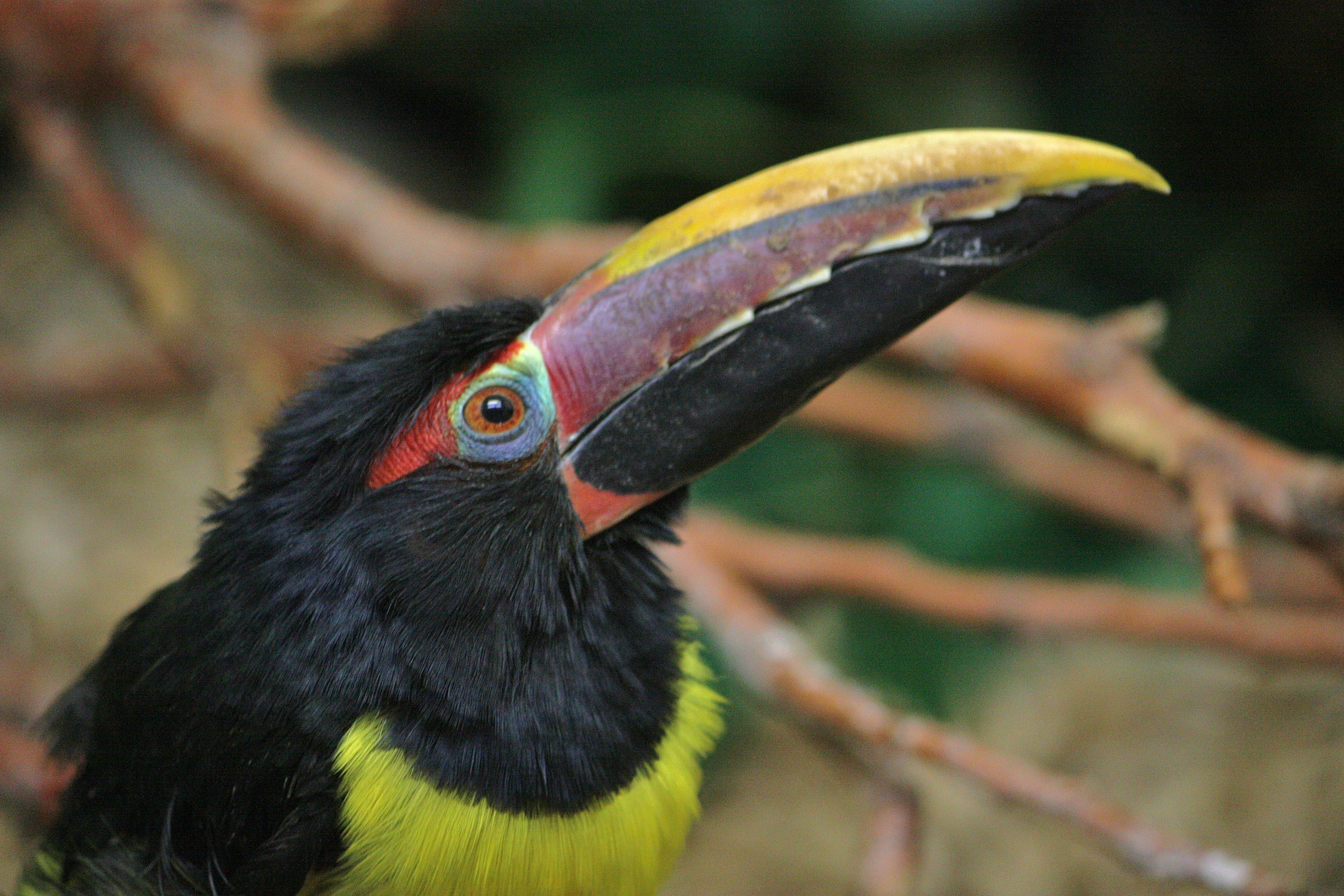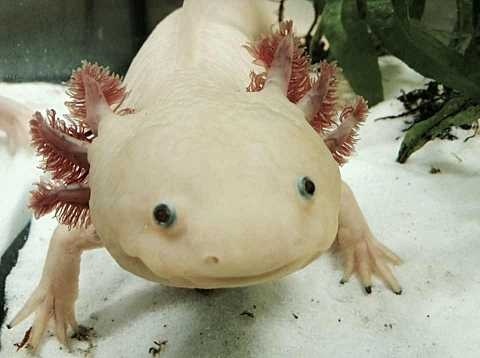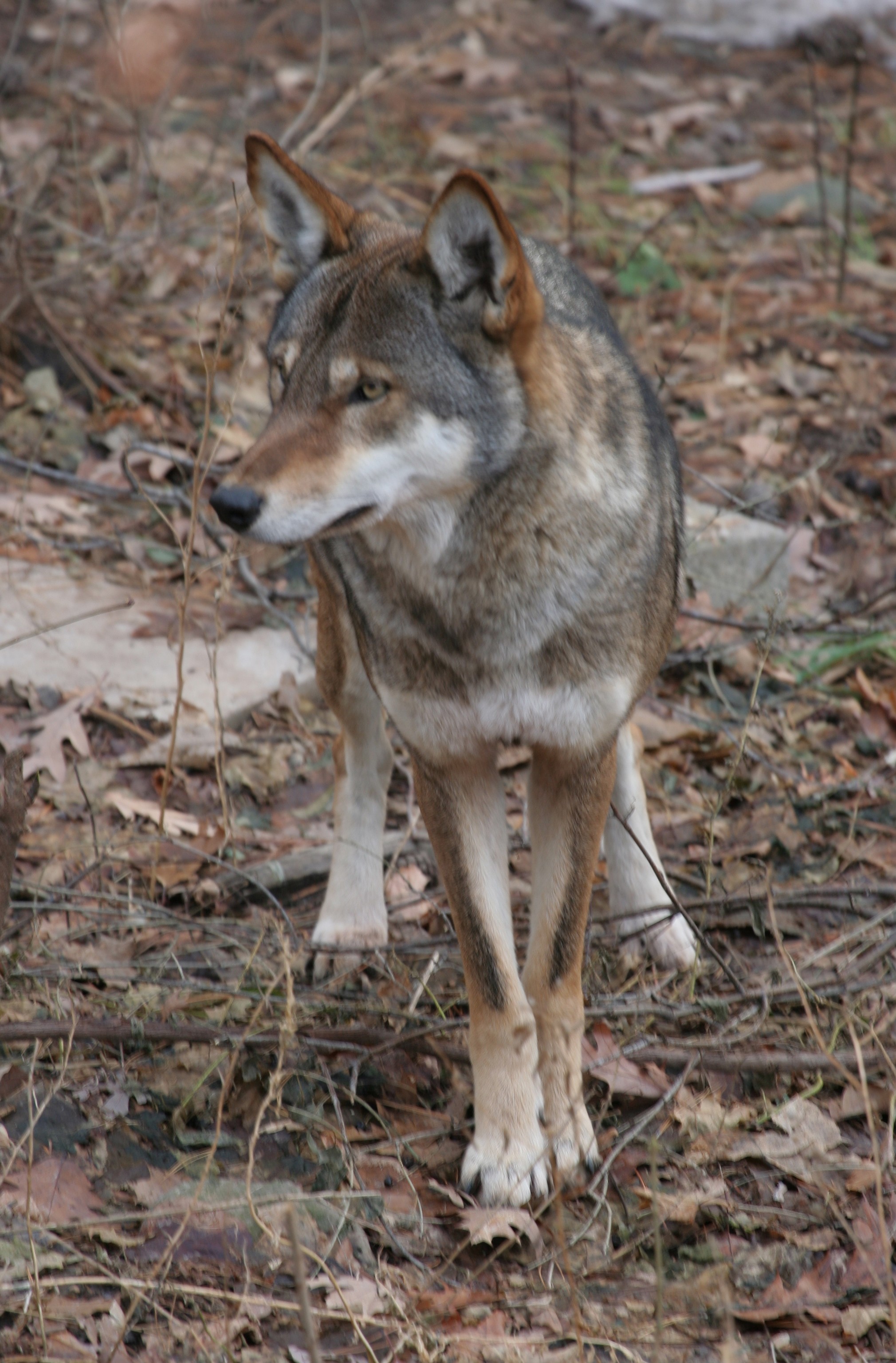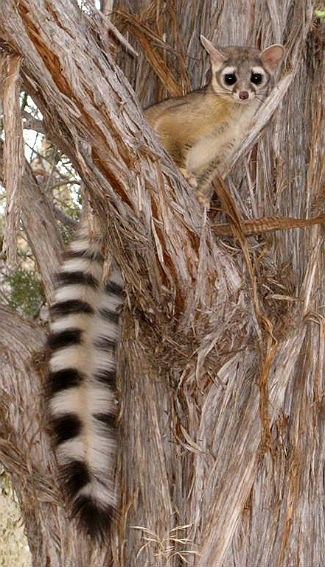|
Miller Park Zoo
Miller Park Zoo is a zoo located in Miller Park; a public park in Bloomington, Illinois, United States. It is administered by the Parks and Recreation Department of the City of Bloomington. History The first city money was spent for the care of animals in Miller Park in 1891. Although there was at least one deer, there is no definite list of the animals that the first payment supported. The zoo was started when a circus lion cub ended up on a farmer's farm around 1900, and was eventually given to the city of Bloomington. The lion, later named "Big Jim" died on March 26, 1912. After Big Jim's death, funds were raised to construct the Koetthoefer Animal Building by Bloomington architect A. L. Pillsbury. Ground was broken in 1913, and the building was opened to the public in 1914. The first real expansion of the zoo was in 1960 with the construction of the Woodland Wing, which at one time housed two sea lions. In the mid-1970s, the Woodland Wing became the Tropical Rainforest Exh ... [...More Info...] [...Related Items...] OR: [Wikipedia] [Google] [Baidu] |
Bloomington, Illinois
Bloomington is a city and the county seat of McLean County, Illinois, United States. It is adjacent to the town of Normal, and is the more populous of the two principal municipalities of the Bloomington–Normal metropolitan area. Bloomington is southwest of Chicago, and northeast of St. Louis. The 2020 Census showed the city had a population of 78,680, making it the 13th most populated city in Illinois, and the fifth-most populous city in the state outside the Chicago Metropolitan Area. Combined with Normal, the twin cities have a population of roughly 130,000. The Bloomington area is home to Illinois Wesleyan University and Illinois State University. It also serves as the headquarters for State Farm Insurance and Country Financial. Geography Bloomington is located at 40°29′03″N 88°59′37″W. The city is at an elevation of above sea level. According to the 2010 census, Bloomington has a total area of , of which (or 99.97%) is land and (or 0.03%) is water. ... [...More Info...] [...Related Items...] OR: [Wikipedia] [Google] [Baidu] |
Radiated Tortoise
The radiated tortoise (''Astrochelys radiata'') is a tortoise species in the family Testudinidae. Although this species is native to and most abundant in southern Madagascar, it can also be found in the rest of this island, and has been introduced to the islands of Réunion and Mauritius. It is a very long-lived species, with recorded lifespans of up to 188 years. These tortoises are classified as critically endangered by the IUCN, mainly because of the destruction of their habitat and because of poaching. Description Growing to a carapace length of up to 16 in (41 cm) and weighing up to 35 lb (16 kg), the radiated tortoise is considered to be one of the world's most beautiful tortoises. This tortoise has the basic "tortoise" body shape, which consists of the high-domed carapace, a blunt head, and elephantine feet. The legs, feet, and head are yellow except for a variably sized black patch on top of the head. The carapace of the radiated tortoise is bri ... [...More Info...] [...Related Items...] OR: [Wikipedia] [Google] [Baidu] |
Green Aracari
The green araçari (''Pteroglossus viridis''), is a toucan, a near-passerine bird. It is found in the lowland forests of northeastern South America (the Guiana Shield), in the northeast Amazon Basin, the Guianas and the eastern Orinoco River drainage of Venezuela. At 30–40 cm. (12–16 in) long and weighing 110–160 grams (3.9–5.7 oz.), it is the smallest aracari in its range, and among the smallest members of the toucan family. Taxonomy and systematics The green aracari was originally classified in the genus ''Ramphastos''. The species is named for the green feathers covering its back. Description Males' crowns are black, while females' are reddish brown. Behaviour and ecology Breeding Breeding occurs from February to June. It nests in tree cavities, producing 2–4 white eggs. The parents cooperate in rearing their young. Food and feeding Its diet consists mostly of fruit, including the fruits of ''Cecropia'' trees and the palm ''Oenocarpus bacaba''. ... [...More Info...] [...Related Items...] OR: [Wikipedia] [Google] [Baidu] |
Budgerigar
The budgerigar ( ; ''Melopsittacus undulatus''), also known as the common parakeet or shell parakeet, is a small, long-tailed, seed-eating parrot usually nicknamed the budgie ( ), or in American English, the parakeet. Budgies are the only species in the genus ''Melopsittacus''. Naturally, the species is green and yellow with black, scalloped markings on the nape, back, and wings. Budgies are bred in captivity with colouring of blues, whites, yellows, greys, and even with small crests. Juveniles and chicks are monomorphic, while adults are told apart by their cere colouring, and their behaviour. The species is the only member of the genus ''Melopsittacus'', which is the only genus in the Melopsittacini tribe. The origin of the budgerigar's name is unclear. First recorded in 1805, budgerigars are popular pets around the world due to their small size, low cost, and ability to mimic human speech. They are likely the third most popular pet in the world, after the domesticated ... [...More Info...] [...Related Items...] OR: [Wikipedia] [Google] [Baidu] |
Giant Burrowing Cockroach
The giant burrowing cockroach (''Macropanesthia rhinoceros'') is also known as the rhinoceros cockroach, and Queensland giant cockroach. These cockroaches are native to Australia and mostly found in tropical and subtropical parts of Queensland. They are the world's heaviest species of cockroach and can weigh up to 30-35 grams and measure up to 7.5- in length. It is a member of the family Blaberidae, which contains hundreds of species. It is part of the blaberid subfamily Geoscapheinae.Hill, A. (2016). Obesity and Gastrointestinal Impaction in Giant Burrowing Cockroaches (''Macropanesthia rhinoceros''): A Potential Effect of the Thrifty Phenotype. ''Journal of Exotic Pet Medicine'', ''25''(1), 30–33. https://doi.org/10.1053/j.jepm.2015.12.008 It is prominent in the wild and can also be sold and kept as a pet. Unlike some other cockroaches, the giant burrowing cockroach does not have wings and is not considered a pest. This species plays a vital part in the ecosystem by consum ... [...More Info...] [...Related Items...] OR: [Wikipedia] [Google] [Baidu] |
Stick Insect
The Phasmatodea (also known as Phasmida, Phasmatoptera or Spectra) are an Order (biology), order of insects whose members are variously known as stick insects, stick-bugs, walking sticks, stick animals, or bug sticks. They are also occasionally referred to as Devil's darning needles, although this name is shared by both Dragonfly, dragonflies and Crane fly, crane flies. They can be generally referred to as phasmatodeans, phasmids, or ghost insects, with phasmids in the family Phylliidae called leaf insects, leaf-bugs, walking leaves, or bug leaves. The group's name is derived from the Ancient Greek ', meaning an Apparitional experience, apparition or Ghost, phantom, referring to their resemblance to vegetation while in fact being animals. Their natural camouflage makes them difficult for Predation, predators to detect; still, many species have one of several secondary antipredator adaptation, lines of defense in the form of deimatic behaviour, startle displays, spines or toxic s ... [...More Info...] [...Related Items...] OR: [Wikipedia] [Google] [Baidu] |
Axolotl
The axolotl (; from nci, āxōlōtl ), ''Ambystoma mexicanum'', is a paedomorphic salamander closely related to the tiger salamander. Axolotls are unusual among amphibians in that they reach adulthood without undergoing metamorphosis. Instead of taking to the land, adults remain aquatic and gilled. The species was originally found in several lakes underlying what is now Mexico City, such as Lake Xochimilco and Lake Chalco. These lakes were drained by Spanish settlers after the conquest of the Aztec Empire, leading to the destruction of much of the axolotl’s natural habitat. Axolotls should not be confused with the larval stage of the closely related tiger salamander (''A. tigrinum''), which are widespread in much of North America and occasionally become paedomorphic. Neither should they be confused with mudpuppies (''Necturus'' spp.), fully aquatic salamanders from a different family that are not closely related to the axolotl but bear a superficial resemblance. , ... [...More Info...] [...Related Items...] OR: [Wikipedia] [Google] [Baidu] |
Red Wolf
The red wolf (''Canis rufus'') is a canine native to the southeastern United States. Its size is intermediate between the coyote (''Canis latrans'') and gray wolf (''Canis lupus''). The red wolf's taxonomic classification as being a separate species, a subspecies of the gray wolf ''Canis lupus rufus'', or a coywolf (a genetic admixture of wolf and coyote) has been contentious for nearly a century. Because of this, it is sometimes excluded from endangered species lists, despite its critically low numbers. Under the Endangered Species Act of 1973, the U.S. Fish and Wildlife Service currently recognizes the red wolf as an endangered species and grants protected status. Since 1996, the IUCN has listed the red wolf as a Critically Endangered species; however, it is not listed in the CITES Appendices of endangered species. History Red wolves were originally distributed throughout the southeastern and south-central United States from the Atlantic Ocean to central Texas, southeas ... [...More Info...] [...Related Items...] OR: [Wikipedia] [Google] [Baidu] |
Eastern Box Turtle
The eastern box turtle (''Terrapene carolina carolina'') is a subspecies within a group of hinge-shelled turtles normally called box turtles. ''T. c. carolina'' is native to the eastern part of the United States. The eastern box turtle is a subspecies of the common box turtle (''Terrapene carolina''). While in the pond turtle family, Emydidae, and not a tortoise, the box turtle is largely terrestrial. Box turtles are slow crawlers, extremely long-lived, and slow to mature and have relatively few offspring per year. These characteristics, along with a propensity to get hit by cars and agricultural machinery, make all box turtle species particularly susceptible to anthropogenic, or human-induced, mortality. In 2011, citing "a widespread persistent and ongoing gradual decline of ''Terrapene carolina'' that probably exceeds 32% over three generations", the International Union for Conservation of Nature (IUCN) downgraded its conservation status from near threatened to v ... [...More Info...] [...Related Items...] OR: [Wikipedia] [Google] [Baidu] |
Ringtail
The ringtail (''Bassariscus astutus'') is a mammal of the raccoon family native to arid regions of North America. It is widely distributed and well adapted to disturbed areas. It has been legally trapped for its fur. It is listed as Least Concern on the IUCN Red List. It is also known as the ringtail cat, ring-tailed cat, miner's cat or bassarisk, and is sometimes called a cacomistle, though this term seems to be more often used to refer to '' Bassariscus sumichrasti''. The ringtail is the state mammal of Arizona. Description The ringtail is black to dark brown in color with pale underparts. The animal has a pointed muzzle with long whiskers, similar to that of a fox (its Latin name means ‘clever little fox’) and its body resembles that of a cat. The ringtailed's face resembles a mask as dark brown and black hair surround its eyes. These animals are characterized by a long black and white "ringed" tail with 14–16 stripes, which is about the same length as its body. ... [...More Info...] [...Related Items...] OR: [Wikipedia] [Google] [Baidu] |
Burrowing Owl
The burrowing owl (''Athene cunicularia''), also called the shoco, is a small, long-legged owl found throughout open landscapes of North and South America. Burrowing owls can be found in grasslands, rangelands, agricultural areas, deserts, or any other open, dry area with low vegetation. They nest and roost in burrows, such as those excavated by prairie dogs (''Cynomys'' spp.). Unlike most owls, burrowing owls are often active during the day, although they tend to avoid the midday heat. Like many other kinds of owls, though, burrowing owls do most of their hunting during dusk and dawn, when they can use their night vision and hearing to their advantage. Living in open grasslands as opposed to forests, the burrowing owl has developed longer legs that enable it to sprint, as well as fly, when hunting. Taxonomy The burrowing owl was formally described by Spanish naturalist Juan Ignacio Molina in 1782 under the binomial name ''Strix cunicularia'' from a specimen collected in Chile ... [...More Info...] [...Related Items...] OR: [Wikipedia] [Google] [Baidu] |







